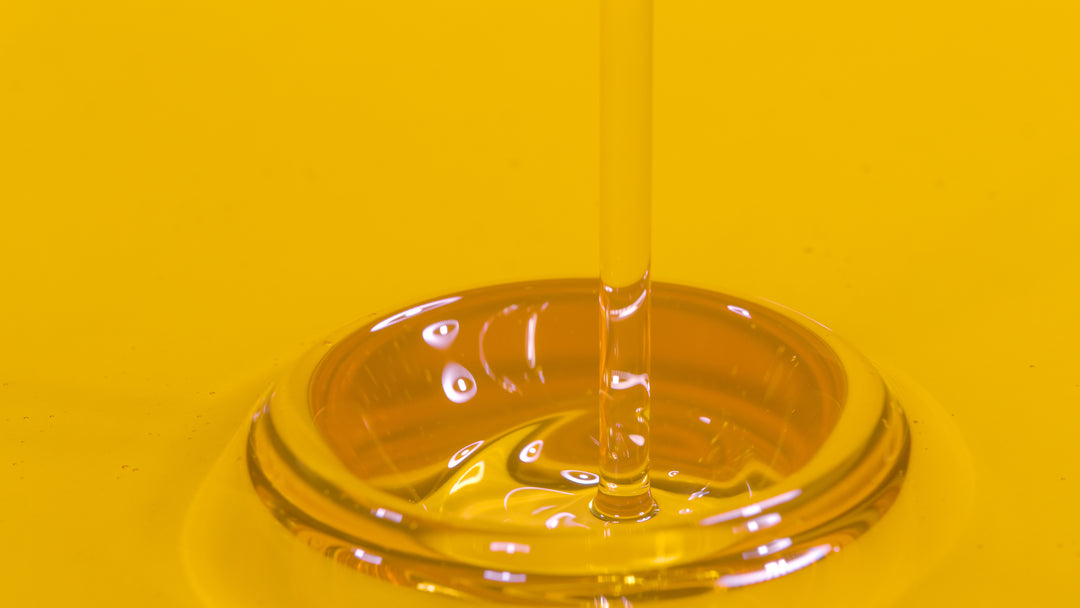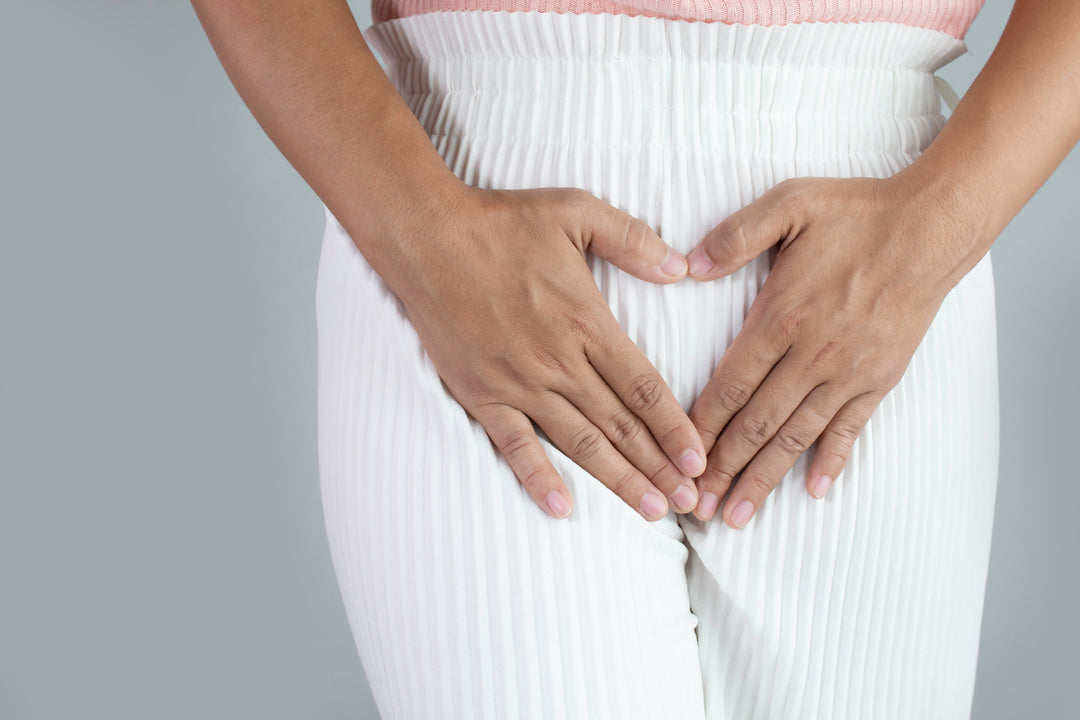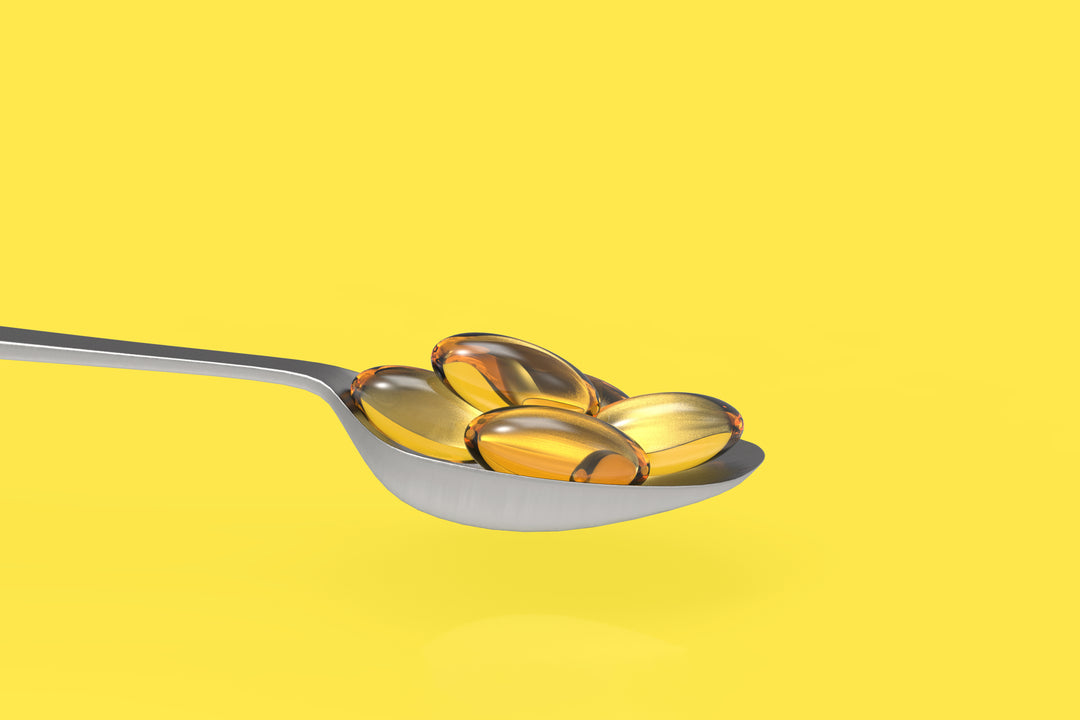What is the main cause of yeast infection?

What is the main cause of yeast infection?
The main cause of yeast infection is an overgrowth of the fungus Candida albicans. This fungus is naturally present in the body, in small amounts, typically in the digestive tract, mouth, and vagina. However, certain factors such as antibiotics, pregnancy, and a weakened immune system can disrupt the balance of bacteria in the body and cause the fungus to overgrow, leading to an infection. Antibiotics, for instance, can kill off beneficial bacteria that normally keep the fungus in check. Hormonal changes during pregnancy can also lead to an overgrowth of yeast, while a weakened immune system can make it harder for the body to fight off an infection. Some research studies have also shown that certain type of diets can increase the risk of yeast infections, such as a high sugar or carbohydrate diet.
How do you know if you have yeast infection?
There are several symptoms that can indicate a yeast infection. These include itching and burning in the vaginal area, a thick white discharge that is often described as cottage cheese-like, and pain or soreness during intercourse or while urinating. Additionally, the vulva may appear red and swollen. However, it's important to note that these symptoms can also be caused by other conditions, such as bacterial vaginosis or certain sexually transmitted infections (STIs), so it's best to see a healthcare provider for a proper diagnosis. A healthcare provider can also perform a pelvic exam and take a sample of the vaginal discharge to confirm the diagnosis.
What can be mistaken for a yeast infection?
A number of conditions can be mistaken for a yeast infection, including bacterial vaginosis, trichomoniasis, and even certain sexually transmitted infections (STIs). These conditions may have similar symptoms to a yeast infection, such as itching, burning, and discharge, but they require different types of treatment. For example, bacterial vaginosis is caused by an overgrowth of bacteria and is treated with antibiotics, while trichomoniasis is caused by a parasite and is treated with antiparasitic medication. It is also important to note that some women may experience no symptoms but still have a yeast infection.
What not to do when you have a yeast infection?
When you have a yeast infection, it's important not to use over-the-counter antifungal creams or suppositories unless they've been prescribed by a healthcare provider. These products may not be appropriate for your specific infection and can further irritate the affected area. Additionally, it's important to avoid sexual activity while you have a yeast infection, as this can spread the fungus to your partner. Douching should also be avoided as it can disrupt the natural balance of bacteria and yeast in the vagina. Wearing tight or synthetic clothing should also be avoided as it can trap moisture and create a warm environment that is conducive to the growth of yeast.
Does yeast infection go away on its own?
No, a yeast infection will not go away on its own. While some women may experience temporary relief from symptoms, the infection will continue to thrive unless it is properly treated. Without treatment, the fungus can continue to multiply, leading to more severe symptoms and potential complications. It is important to seek treatment as soon as possible to prevent the infection from worsening.
Is it OK to leave a yeast infection untreated?
No, it is not okay to leave a yeast infection untreated. Not only will the symptoms continue to cause discomfort, but an untreated yeast infection can also lead to more serious health complications. For example, if left untreated, a yeast infection can progress to a bacterial infection, such as bacterial vaginosis, which can cause more severe symptoms. An untreated yeast infection can also lead to more serious health complications, such as pelvic inflammatory disease (PID). Additionally, if you are pregnant, an untreated yeast infection can lead to preterm labor and low birth weight. Furthermore, an untreated yeast infection can also increase the risk of contracting an STI or HIV. Therefore, it is important to seek treatment as soon as possible to prevent the infection from worsening and to avoid potential complications.
Does a yeast infection smell?
Yes, a yeast infection can have a characteristic "yeasty" smell. This smell is often described as being similar to bread or beer. However, this odour can be difficult to detect and may not be present in all cases. In addition to the characteristic smell, a yeast infection can also cause an abnormal discharge that may be thicker and whiter than normal.
How do you know if you have a yeast infection or bacterial infection?
A healthcare provider can diagnose a yeast infection or bacterial infection by taking a sample of the discharge and examining it under a microscope. Additional tests, such as a culture or PCR, may also be used to confirm the diagnosis. A culture test is a laboratory test that involves growing a sample of the discharge to identify the specific type of fungus or bacteria that is causing the infection. A PCR test is a molecular test that can detect the genetic material of the fungus or bacteria. A healthcare provider may also perform a pelvic exam to look for signs of inflammation or redness in the vaginal area.
Is yeast infection a STD?
No, a yeast infection is not a sexually transmitted disease (STD). Yeast infections are caused by an overgrowth of the fungus Candida albicans, which is naturally present in the body. However, certain risk factors for yeast infections, such as unprotected sexual activity, can increase the chances of contracting an infection. Additionally, some STIs, such as trichomoniasis, can also cause symptoms that are similar to a yeast infection.
How long can a yeast infection last?
The length of a yeast infection can vary depending on the severity of the infection and the effectiveness of the treatment. Mild yeast infections may clear up within a few days, while more severe cases can take up to two weeks to resolve. However, if the infection is not treated, it can continue to come back or cause chronic infections.
Is a yeast infection a UTI?
No, a yeast infection is not a urinary tract infection (UTI). UTIs are caused by bacteria, while yeast infections are caused by a fungus. UTIs typically cause symptoms such as pain or burning while urinating, a frequent need to urinate, and cloudy or strong-smelling urine. Yeast infections, on the other hand, typically cause symptoms such as itching and burning in the vaginal area, a thick white discharge, and pain or soreness during intercourse or while urinating. However, certain risk factors, such as diabetes, can increase the chances of both UTIs and yeast infections.
References:
- Centers for Disease Control and Prevention. (2020). Vaginal Yeast Infections. https://www.cdc.gov/std/tg2015/vaginal-yeast-infections.htm
- Mayo Clinic. (2019). Yeast Infection (Vaginal). https://www.mayoclinic.org/diseases-conditions/yeast-infection/symptoms-causes/syc-20378999
- National Institute of Child Health and Human Development. (2019). Yeast Infections. https://www.nichd.nih.gov/health/topics/yeast/conditioninfo/causes















